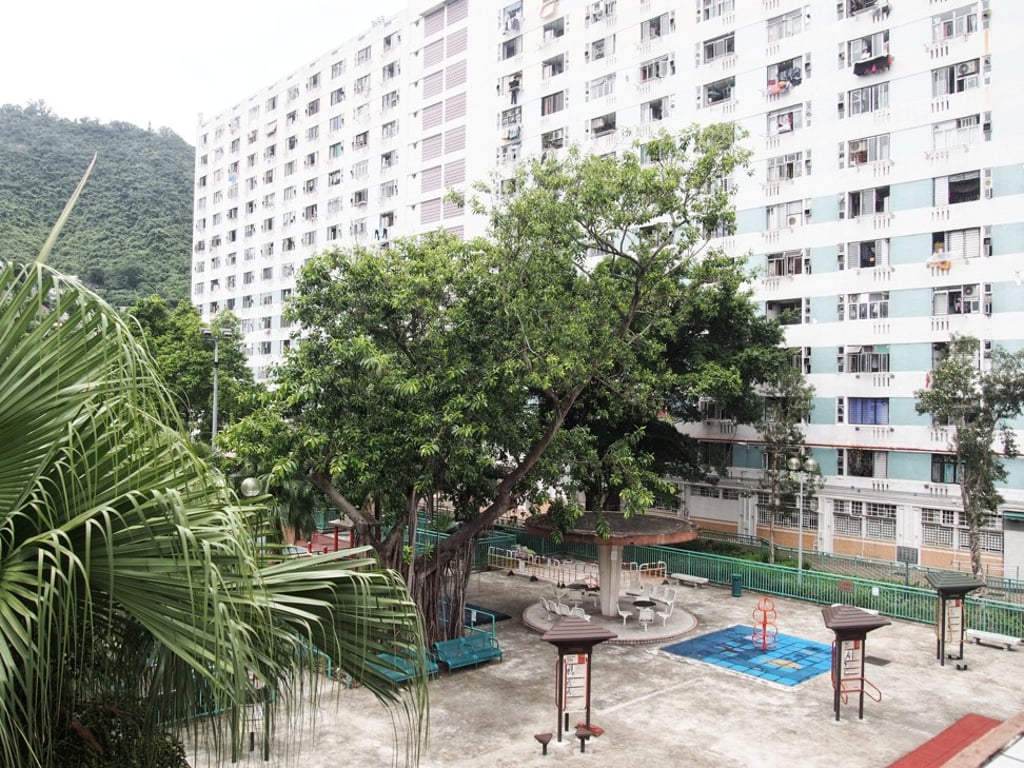Hong Kong has the highest life expectancy in the world – what is the secret behind it?
The dense, compact environment – with easy access to medical facilities – combined with the traditional Chinese culture of caring for the elderly have contributed to its population living to a ripe old age. But can it retain the title of highest life expectancy in the world?

Persistent social unrest, growing financial inequality and choking urban density might not be traits usually associated with longevity, but despite the troubles currently gripping the city, Hong Kong has the highest life expectancy in the world.
According to the United Nations Vital Statistics Summary and Life Expectancy at Birth for 2016 – the most recent data available – Hong Kong women live, on average, to 87.3 years of age and men to 81.3, beating such places as Japan and Italy, which are renowned for longevity.
“It was surprising,” says Jean Woo, a professor of gerontology and geriatrics at Chinese University. “The whole world had looked to Japan; what is their secret?”
Regions dubbed “blue zones” by Dan Buettner, author of books about places conducive to old age, such as the province of Ogliastra, in Sardinia, and the centenarian-riddled Nicoya Peninsula, in Costa Rica, conjure up images of bucolic villages sitting alongside cerulean waters. Hong Kong, however, benefits from many aspects of its urban density, and Woo suggests the legacy of British colonial rule has left many well-designed Hong Kong neighbourhoods.

“Sha Tin is an example of good design,” says Woo. “It was just swamps before and was purpose-built – they had a blank sheet of paper to design it. There is a river and everyone walks by it, there are green spaces, parks and the public housing is very good.
“Our green space is not empty like a football field, there are things in it. You can socialise, do physical activity and you can rest your eyes. It isn’t just buildings higgledy-piggledy like a maze. It affects air quality as there is good airflow.”
